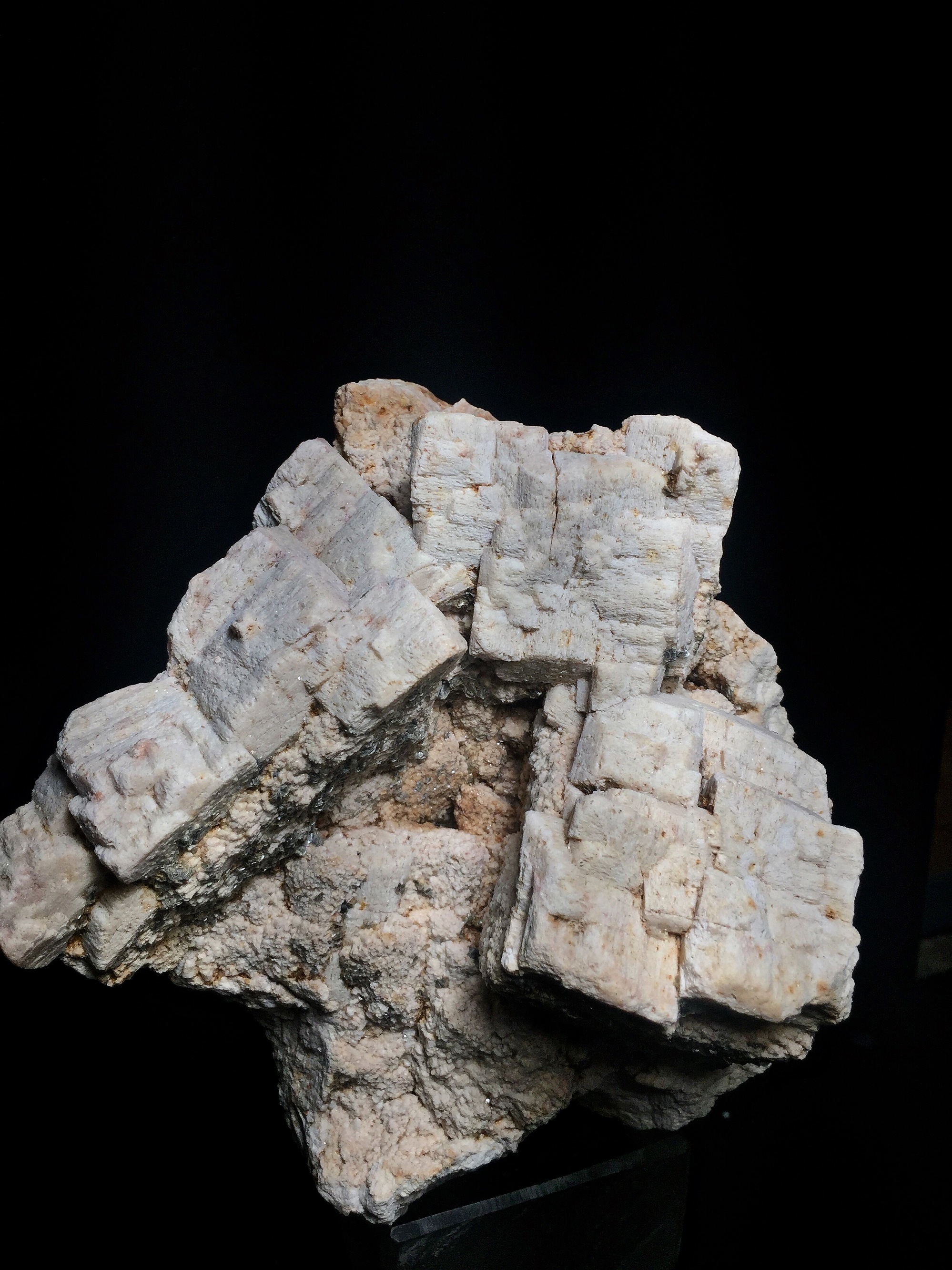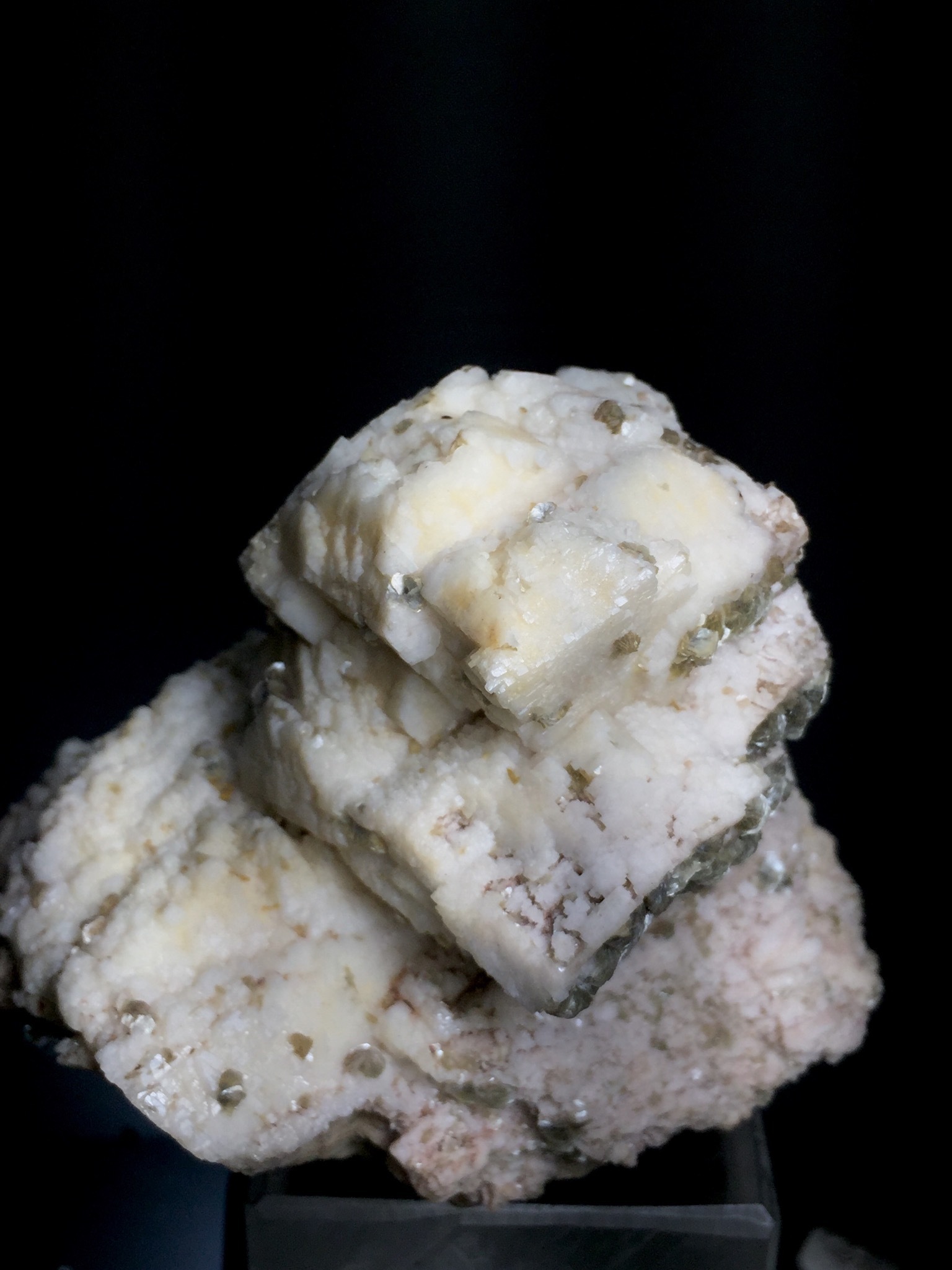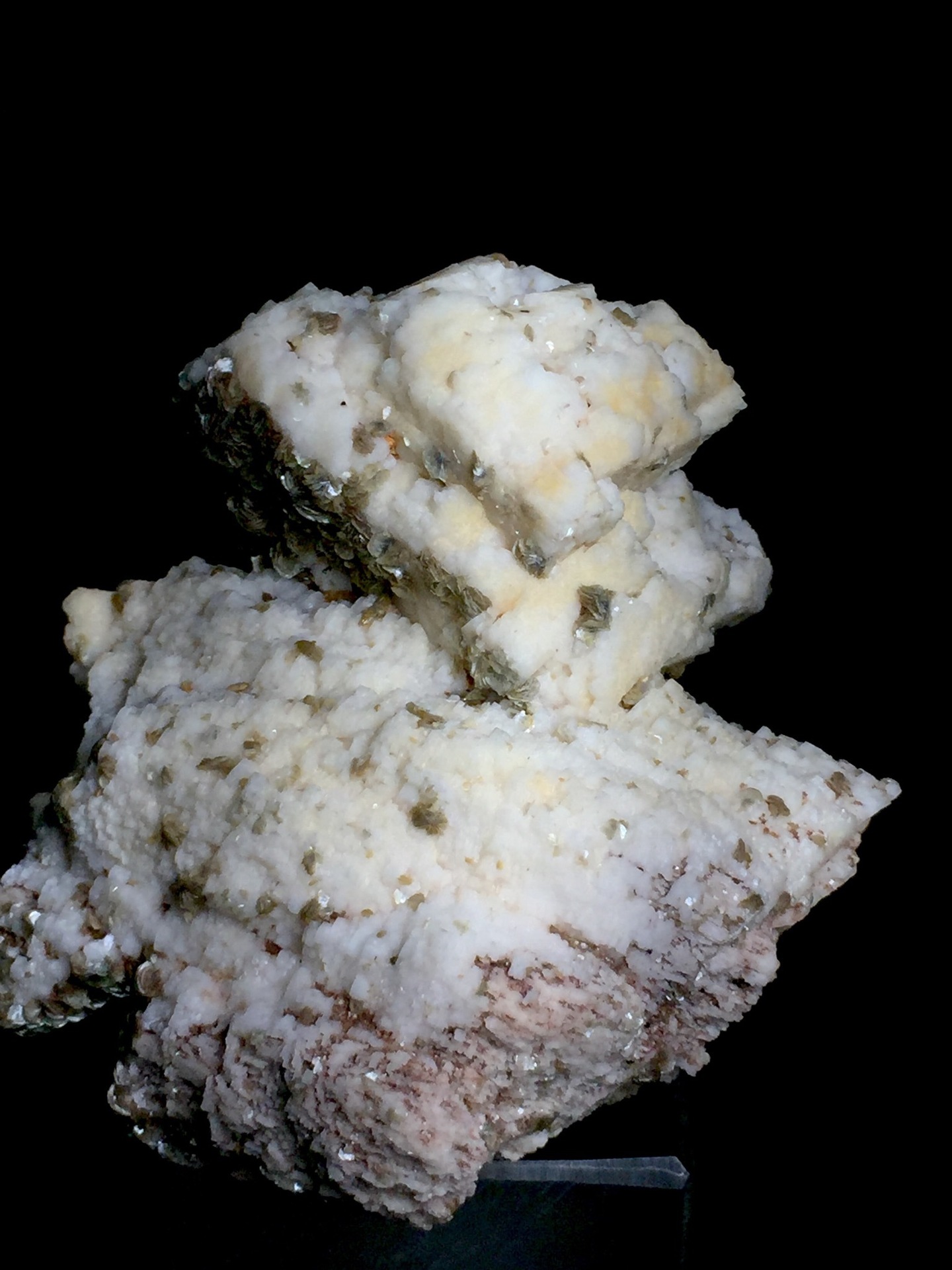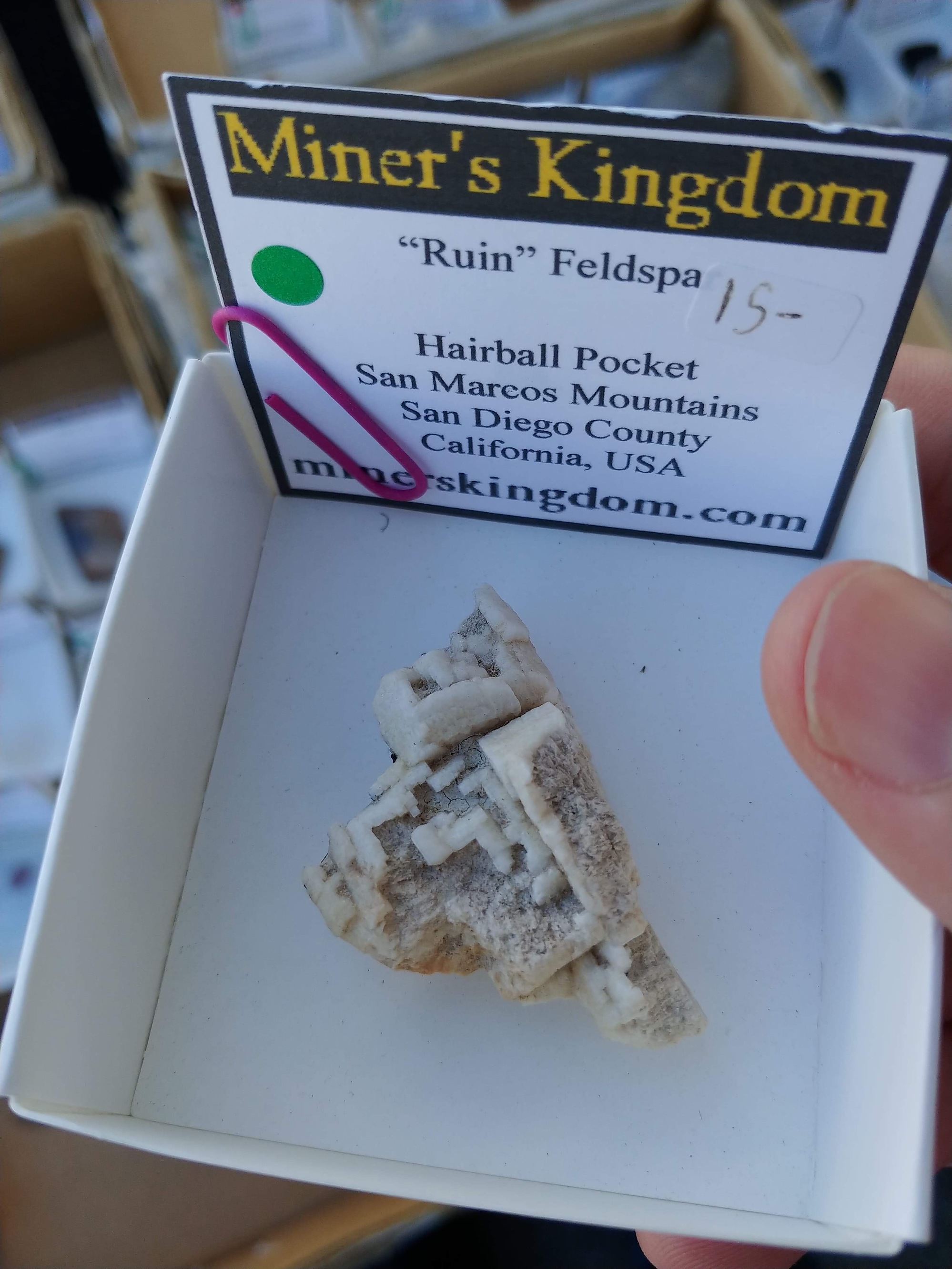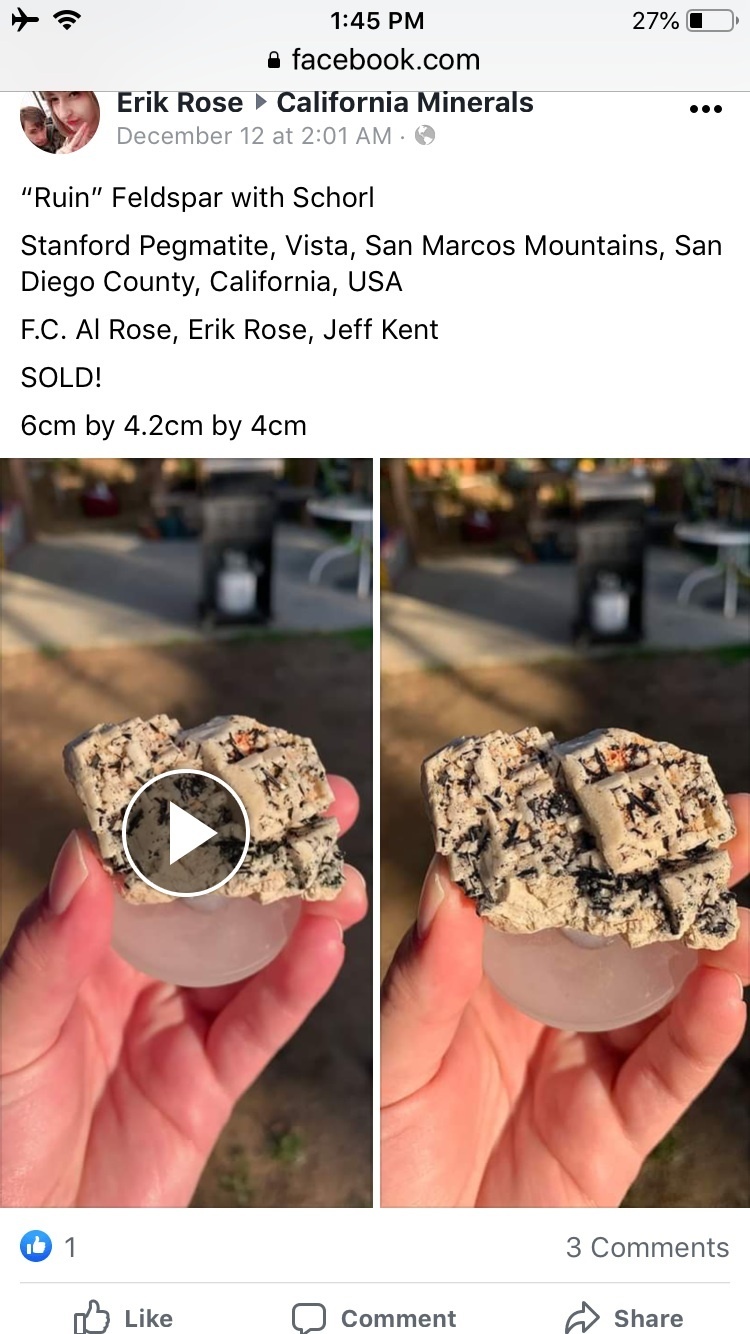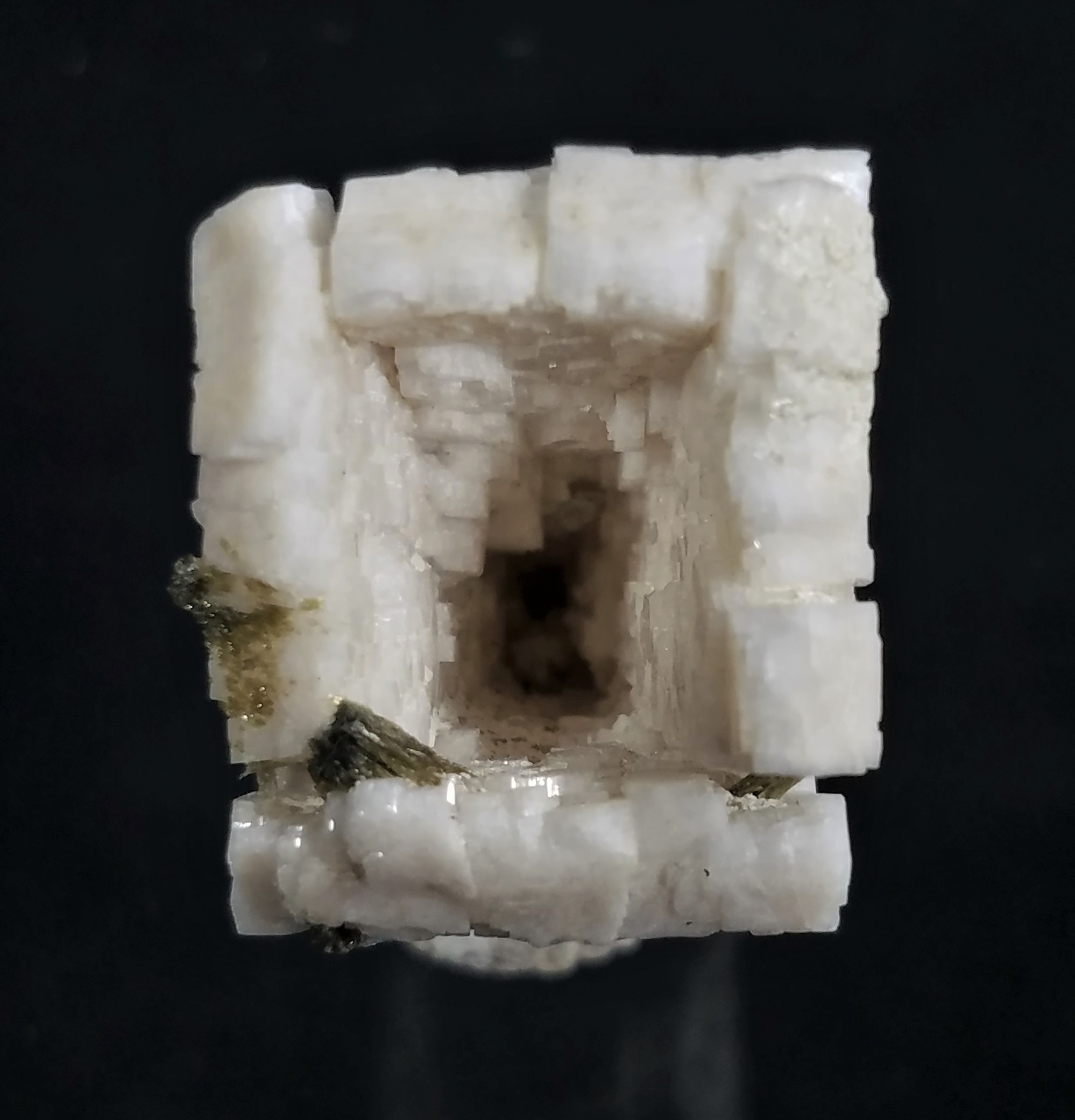Home PageAbout MindatThe Mindat ManualHistory of MindatCopyright StatusWho We AreContact UsAdvertise on Mindat
Donate to MindatCorporate SponsorshipSponsor a PageSponsored PagesMindat AdvertisersAdvertise on Mindat
Learning CenterWhat is a mineral?The most common minerals on earthInformation for EducatorsMindat ArticlesThe ElementsThe Rock H. Currier Digital LibraryGeologic Time
Minerals by PropertiesMinerals by ChemistryAdvanced Locality SearchRandom MineralRandom LocalitySearch by minIDLocalities Near MeSearch ArticlesSearch GlossaryMore Search Options
The Mindat ManualAdd a New PhotoRate PhotosLocality Edit ReportCoordinate Completion ReportAdd Glossary Item
Mining CompaniesStatisticsUsersMineral MuseumsClubs & OrganizationsMineral Shows & EventsThe Mindat DirectoryDevice SettingsThe Mineral Quiz
Photo SearchPhoto GalleriesSearch by ColorNew Photos TodayNew Photos YesterdayMembers' Photo GalleriesPast Photo of the Day GalleryPhotography
╳Discussions
💬 Home🔎 Search📅 LatestGroups
EducationOpen discussion area.Fakes & FraudsOpen discussion area.Field CollectingOpen discussion area.FossilsOpen discussion area.Gems and GemologyOpen discussion area.GeneralOpen discussion area.How to ContributeOpen discussion area.Identity HelpOpen discussion area.Improving Mindat.orgOpen discussion area.LocalitiesOpen discussion area.Lost and Stolen SpecimensOpen discussion area.MarketplaceOpen discussion area.MeteoritesOpen discussion area.Mindat ProductsOpen discussion area.Mineral ExchangesOpen discussion area.Mineral PhotographyOpen discussion area.Mineral ShowsOpen discussion area.Mineralogical ClassificationOpen discussion area.Mineralogy CourseOpen discussion area.MineralsOpen discussion area.Minerals and MuseumsOpen discussion area.PhotosOpen discussion area.Techniques for CollectorsOpen discussion area.The Rock H. Currier Digital LibraryOpen discussion area.UV MineralsOpen discussion area.Recent Images in Discussions
GeneralFeldspar Twins and hoppered Albites

31st Jul 2019 20:58 UTCEch Noch
Here is the first plate, between the Twins (which are tapered inward toward their bases) you can see normal microcline with another odd (to me) feldspar growth that resembles broccoli. It does not appear to be Albite.
Do please share your own feldspar twin photos or favorite photos you have seen.

31st Jul 2019 21:29 UTCEch Noch
1st Aug 2019 01:30 UTCSteve Hardinger 🌟 Expert
So without the sarcasm: No I don't think feldspar twinning is a reliable indicator of nearby pockets.

1st Aug 2019 02:22 UTCEch Noch
1st Aug 2019 13:48 UTCHarold Moritz 🌟 Expert
https://www.mindat.org/photo-800245.html
https://www.mindat.org/photo-951547.html
https://www.mindat.org/photo-901750.html
https://www.mindat.org/photo-392145.html
https://www.mindat.org/gallery.php?loc=9660&min=96 albite aggregates
Here is another specimen from an unknown locality with albite overgrowths on etched K-spar:

1st Aug 2019 20:57 UTCEch Noch
Hoppered Albite 1
Hoppered Albite 2
Hoppered Albites 3
1st Aug 2019 22:42 UTCHarold Moritz 🌟 Expert
2nd Aug 2019 00:08 UTCScott Rider
I do agree with Jobe re: the finding this type of microcline corresponds to lovely, large gem pockets, at least in DH. The chamber pocket had hundreds of gem smokies with none of the deficiencies one finds in the common smoky from this area (many specimens from DH are dull from iron oxides, have iron oxides on them, or have a milky secondary coating on the outside). The brain spar was inside the pocket as well as in many of the "satellite" pockets we found around the chamber, all of which had gem smokies and fluorites. And in other digs at DH, that are much smaller and that have the crappier quartz, the microcline was dull normal looking crystals with less perthitic attributes (like albite coatings that make the feldspar crystals very lustrous) and much less twinning.
https://www.mindat.org/photo-766343.html

2nd Aug 2019 00:37 UTCEch Noch
https://www.mindat.org/forum.php?read,11,313823,313865
2nd Aug 2019 01:08 UTCHarold Moritz 🌟 Expert

14th Jul 2021 05:53 UTCEch Noch
14th Jul 2021 06:29 UTCLuís Martins 🌟
14th Jul 2021 10:57 UTCHarold Moritz 🌟 Expert
Ed, I don't know who to refer you to, sorry.

14th Jul 2021 14:51 UTCTony Albini

14th Jul 2021 15:35 UTCEch Noch

14th Jul 2021 15:36 UTCEch Noch

14th Jul 2021 17:37 UTCEch Noch



14th Jul 2021 19:36 UTCErik Vercammen Expert

14th Jul 2021 21:11 UTCEch Noch

15th Jul 2021 09:13 UTCErik Vercammen Expert

14th Jul 2021 21:16 UTCEch Noch
https://youtu.be/vPknNOvzwnA

16th Jul 2021 13:59 UTCDana Morong

29th Sep 2021 19:02 UTCEch Noch
15th Jul 2021 19:38 UTCHarold Moritz 🌟 Expert
30th Sep 2021 23:33 UTCDon Windeler
Unfortunately I don't have much to add on the science behind what conditions drive this formation.
Cheers,
D.

3rd Oct 2021 15:10 UTCEch Noch




Mindat.org is an outreach project of the Hudson Institute of Mineralogy, a 501(c)(3) not-for-profit organization.
Copyright © mindat.org and the Hudson Institute of Mineralogy 1993-2024, except where stated. Most political location boundaries are © OpenStreetMap contributors. Mindat.org relies on the contributions of thousands of members and supporters. Founded in 2000 by Jolyon Ralph.
Privacy Policy - Terms & Conditions - Contact Us / DMCA issues - Report a bug/vulnerability Current server date and time: April 19, 2024 21:27:18
Copyright © mindat.org and the Hudson Institute of Mineralogy 1993-2024, except where stated. Most political location boundaries are © OpenStreetMap contributors. Mindat.org relies on the contributions of thousands of members and supporters. Founded in 2000 by Jolyon Ralph.
Privacy Policy - Terms & Conditions - Contact Us / DMCA issues - Report a bug/vulnerability Current server date and time: April 19, 2024 21:27:18











